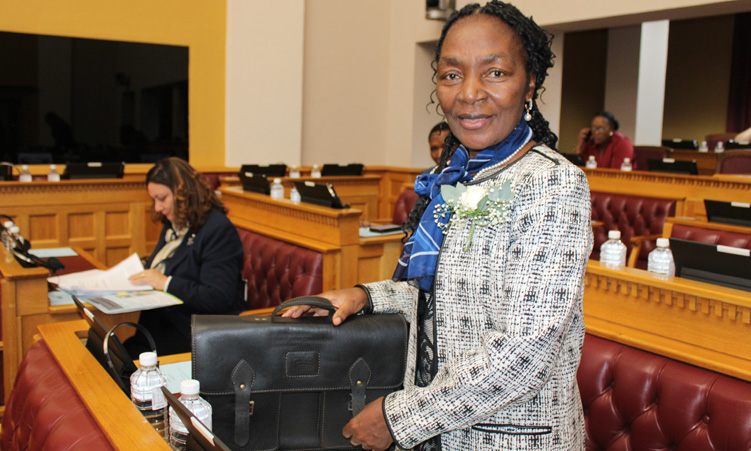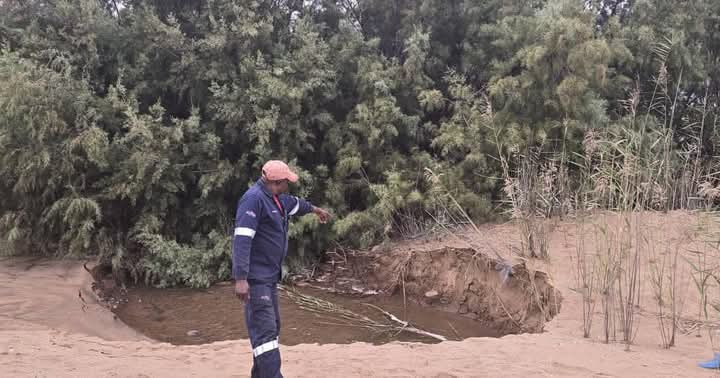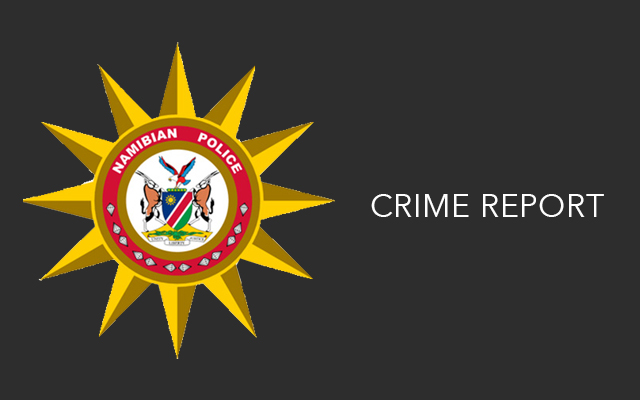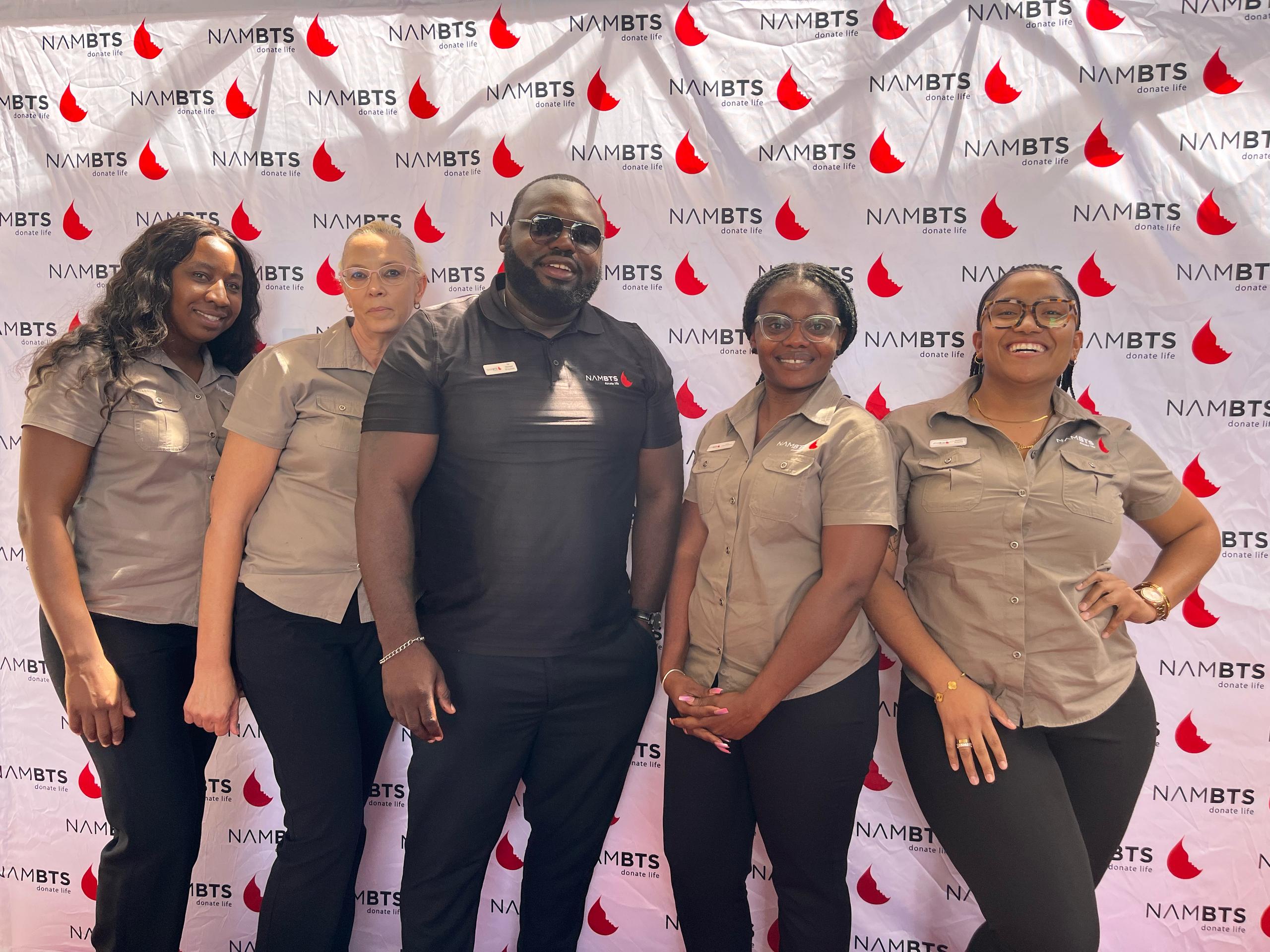As the residents of Walvis Bay await the arrival of founding president Sam Nujoma’s body, feelings of nostalgia and gratitude are eminent among residents who were born and raised at the town.
Nujoma arrived at Walvis Bay in 1946 at the age of 17 where he lived with his aunt. He became part of the larger Walvis Bay family that year.
It was during these years that he was exposed to modern world politics by meeting soldiers from Argentina, Norway and other parts of Europe who had been brought to Namibia during World War II.
Although many elderly residents from Walvis Bay’s old location have died, they shared the legacy of the freedom fighters with their children, while those who were younger when he arrived at the town remember more of that time.
One of the residents, Daniel Imbili, who was nine years old then, says the old location families lived as one family.
“Walvis Bay was the only town without locations like Wambo, Herero, Damara locations and so on. We were just one. That is why neighbours from the old location still think they are family. He [Nujoma] got absorbed into the stream,” he says.
Imbili remembers Nujoma’s determination to free the community and other Namibians from oppression.
“He would organise secret meetings alongside the late Nathanael Maxuilili and others in the evenings to discuss ways of freedom. My father would leave the house around 21h00 to attend the secret meetings. I remember my father bringing membership cards for my older siblings.
“I also remember a particular night when my father came into the house, crawling as the municipal police beat them up after some community members who we called ‘puppets’ informed the police of the meetings. Things became tough for Nujoma, leading him to move out of the town to Windhoek in 1949. Other families went to exile through the harbour to countries like the United Kingdom and Sweden,” he says.
Imbili, whose father was an elder at the Lutheran church, says Nujoma was confirmed at the town by a pastor from Germany in 1948. The church building still exists at the town.
He says although Nujoma was not in the town, he still communicated with them.
“The oppressors thought soccer was just a sport, but they did not know that it was secret meetings. Tournaments between teams like Blue Waters and Tigers allowed people from Windhoek to enter Walvis By, thereby bringing the messages from Nujoma in exile to reach Maxuilili,” he says.
Parents continued to teach their children about Nujoma after he left, emphasising his determination to free Namibians.
Imbili says Nujoma’s death and burial is testament of what a great man he was, since history is repeating itself.
“Nujoma returned to Walvis Bay again on 28 February 1994, just before South African troops left the town. He visited Maxuilili at Kuisebmond. On that day at midnight, leading to 1 March, he gained Walvis Bay back from South African oppression at the Kuisebmond Stadium. At that same place we will have his memorial service, and on that same date he will be laid to rest. Everything really started and will end at Walvis Bay. He was special to Walvis Bay,” he says.
A resident and musician from the old location, Beau Ipinge, confirms that Walvis Bay-based musicians would also get information from other parts of the country to Walvis Bay residents.
“We used our music bands as a tool for participating in the liberation struggle. The musicians mobilised the masses undercover to join Swapo abroad. We were freely allowed to travel to different towns. Our oppressors thought that we were travelling for performances, but we communicated information from Nujoma abroad and Maxuilili at Walvis Bay to and from the town. He took care of us,” Ipinge says.
Another resident who remembers Nujoma is former Walvis Bay mayor King Mandume Muatunga. He was told about Nujoma during his youth and met him twice in Angola in the late 1980s during his military training.
The highlight was when he finally met him at Walvis Bay before the Walvis Bay re-integration day.
“He went to Nathanael Maxuilili’s residence for a briefing, then took a walk through the streets of Kuisebmond up to the main road, which is now Maxuilili Avenue. By that time I was the secretary of the Swapo youth league. I was walking just a step in the back. Imagine the feeling of accompanying him on foot through the streets of Walvis Bay. It was a special moment. We are honoured and waiting to accompany him to the stadium through those same streets,” Mustunga says.
Another former mayor, Immanuel Wilfred, remembers Walvis Bay residents preparing for Nujoma to enter the town for the inauguration.
Most of the South African security forces already left the town during the week, yet nobody could enter Walvis Bay without a passport before 1 March.
“We had to find a way to keep the town safe, and guard our leaders who would finally enter. It culminated in a group of Walvis Bay residents who had to act as the security, army and police. We organised the youth to help with the event. The organising group had lunch with Nujoma at the Atlantic Hotel on that day, and he preferred to walk through the streets of the town to the house where he was staying.
“He was walking so happily with that smile. Nujoma loved this town. He later entered Kuisebmond through Nathanael Maxuilili Street to the Kuisebmond Stadium to receive Walvis Bay, the same street that his body will travel on on the 25th,” Wilfred says.
Stay informed with The Namibian – your source for credible journalism. Get in-depth reporting and opinions for
only N$85 a month. Invest in journalism, invest in democracy –
Subscribe Now!










